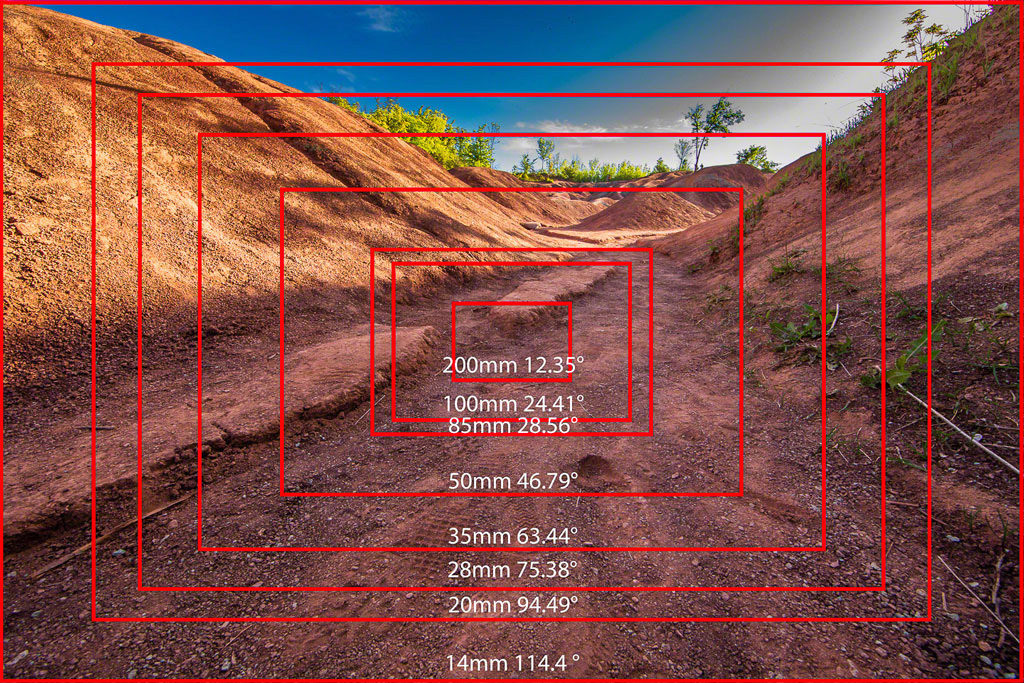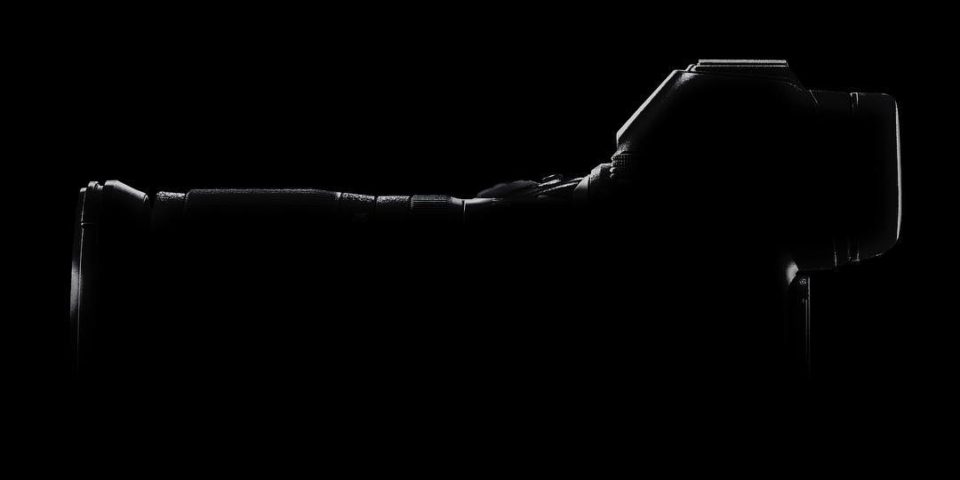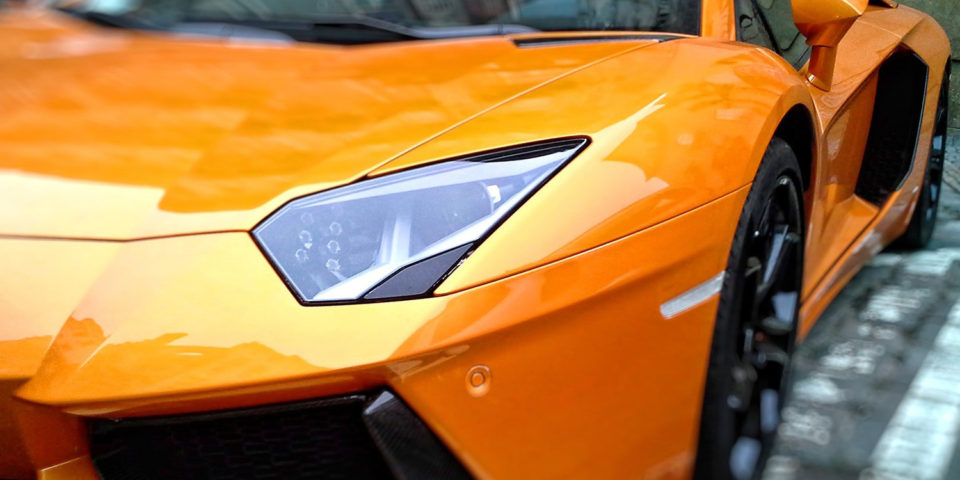Ever since manufacturers began building cameras with sensors that have a different size than a 35mm negative, we have had to deal with the impact this has on angle of view and focal length.
Customer: I have a Nikon. It has a crop factor of 1.5. If I buy a lens that says it is 35mm, it doesn’t look the same as pictures that I took with my old Nikon film camera. This is so confusing.
Photography Specialist: You are correct! You have a crop sensor camera, so when you mount a 35mm lens, it’s not really a 35mm look, it looks like a 52.5mm lens.
Customer: But I want a lens that looks like a 35mm lens looked on my old camera!
Photography Specialist: No problem, you want to buy a lens that is 23.3mm so it looks like your old 35mm. It’s all about the crop factor.
Customer: Forget this nonsense, I will just use my phone.
Unrealistic? Not really. This kind of discussion goes on every day in the world of digital photography and breeds all kinds of back and forth about what’s better. It applies less for folks shooting Micro Four Thirds because the focal length numbers are actually correct for the sensor size.
Let’s Think About Angle of View Instead
What most of us are really looking for is control of what shows up on the image. For the vast majority, we could not care less about focal length numbers. What we really care about is what the sensor captures and how that communicates the image that we want to make and the story that we want to tell.
The combination of focal length and sensor size go together to define the diagonal angle of view, basically a measure of the angle between the two farthest separated points in the frame; the diagonally opposite corners.
We want to control what goes onto the sensor, and we use position, technique and different lenses to achieve our goals. If we are in a small room and want to get the whole thing in, we would typically go to a wide-angle lens. Does the focal length number really matter? It does not. What matters is that we have a wide enough angle of view to obtain our goal.
This is why I encourage people not to get all hung up on focal lengths; far better to try different lenses and find one that fits your goals. Zoom lenses tend to be great places to start to solve this problem because by moving the elements in a zoom, we can obtain a range of angles of view across the zoom range. In fairness, we usually do not think in terms of angle of view, so the idea of focal length is a simple way to define a coverage angle. We all know that an 11–24mm zoom has a range of wider angles of view than a 70–200mm lens.
The Meaning of Crop Factor
Contrary to some tall tales, crop factor is simply a mathematical factor that describes the percentage change of a given sensor based against an established standard of a full-frame 35mm negative size. Some camera systems, such as Micro Four Thirds, actually label their lenses properly for the sensor size in use, but all crop sensor cameras, be they DSLR or mirrorless, do not. We must apply crop factor math to achieve the angle of view that we desire.
Crop Factor and Angle of View Comparison
The crop factor comparison chart below shows the differences in angle of view between sensor sizes.
This chart will not cover every possible angle of view, but it does provide some very common examples. You will start to see why you may choose a full-frame sensor if you want to go really wide, or maybe a Micro Four Thirds for a super telephoto (that doesn’t require the assistance of the Hulk to carry around). There are other factors that come to bear based on sensor size, but that’s a different conversation.
| Angle of View | 35mm Full-Frame Focal Length | Nikon/Sony Crop Focal Length | Canon Crop Focal Length | Micro Four Thirds Focal Length |
| 114.4° | 14mm | 9.3mm | 8.75mm | 7mm |
| 94.49° | 20mm | 13.3mm | 12.5mm | 10mm |
| 84.1° | 24mm | 16mm | 15mm | 12mm |
| 75.38° | 28mm | 18.7mm | 17.5mm | 14mm |
| 63.44° | 35mm | 23.3mm | 21.9mm | 17.5mm |
| 46.79° | 50mm | 33.3mm | 31.3mm | 25mm |
| 28.56° | 85mm | 56.7mm | 53.1mm | 42.5mm |
| 24.41° | 100mm | 66.7mm | 62.5mm | 50mm |
| 18.21° | 135mm | 90mm | 84.3mm | 67.5mm |
| 12.35° | 200mm | 133.3mm | 125mm | 100mm |
| 8.25° | 300mm | 200mm | 187.5mm | 150mm |
Figure 1: Angle of View and Crop Factor Sensors compared with 35mm Full Frame.
(Note: Fujifilm sensors use a crop factor of 1.5 relative to full frame even though Fujifilm does not make a full-frame sensor camera.)
What we learn from this chart is that with lenses on crop sensor bodies, the focal length numbers that are stencilled on the lens do not provide the same angle of view as on full frame. So, if you have an 18–55mm lens on your crop sensor and set it at 18mm, the angle of view is actually much more like the angle of view of a 28mm on full frame. There are many reasons why makers did not modify the markings on their lenses for crop sensor cameras, very few of which are customer oriented.
If we use the Nikon/Sony crop sensor example, we see that to get the same angle of view as is found on a 300mm lens on a full-frame camera, we need only mount a lens labelled 200mm. This lens will be likely physically smaller and perhaps lighter and less expensive. However, this lens which is stencilled for full frame but is built for crop sensor will not work completely on a full-frame camera.
Some makers, such as Fujifilm, use the full-frame numbering system even though they only make one sensor size. So, when Fujifilm released their very fast and optically excellent 56mm, it was built to deliver the same angle of view as an 85mm on full frame. This was necessary to get film camera shooters to embrace the idea of crop sensors, because they thought more about angle of view than they did focal length numbers or sensor size.
Considerations for Purchasing
In an article that I wrote on the fallacy of lens compression, I included an image with coverage frames overlaid on it to show the angle of view for a fixed shooting position and a fixed subject distance. Here I will do the same thing. However this time, I will enhance the frames to include the angle of view and labelled focal length using 35mm full frame as a baseline. Then you can use the chart above to find the stencilled focal length for your sensor.

Figure 2: Focal Length and Angle of View with 35mm Full Frame as a Baseline.
It’s really not about the numbers at all; they are just measurements that only matter when you use them as guides for defining the angle of view that you desire. A Bugatti Chiron delivers a maximum of 1500 brake horsepower, yet it doesn’t matter for a drive to the store for milk. Choose your lens and angle of view range based on what you want to get out of your images and let the focal length numbers fall where they do.
Conclusions
While what we call “lens compression” doesn’t actually exist and what we think we see is perspective exaggeration, that doesn’t make the effect less useful if used with intent. A long focal length lens shot down a city street makes it appear busier and more stacked up. A wide-angle view of the Grand Canyon makes it look more massive with the far edge further away than it actually is because of the wider angle of view.
If you have questions about this or any other subject, please leave a comment below.
Until next time, peace.


